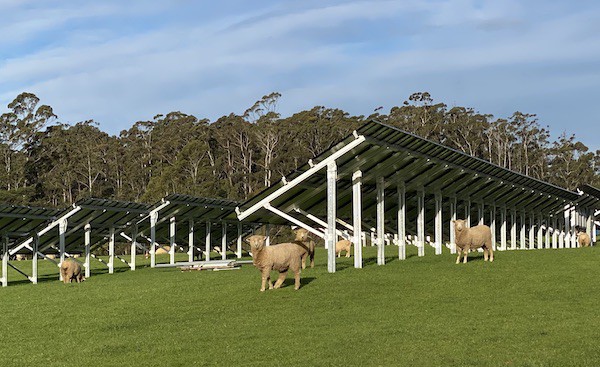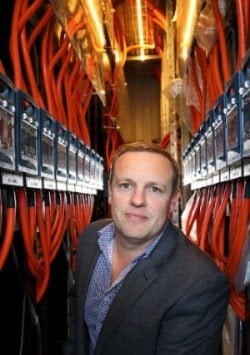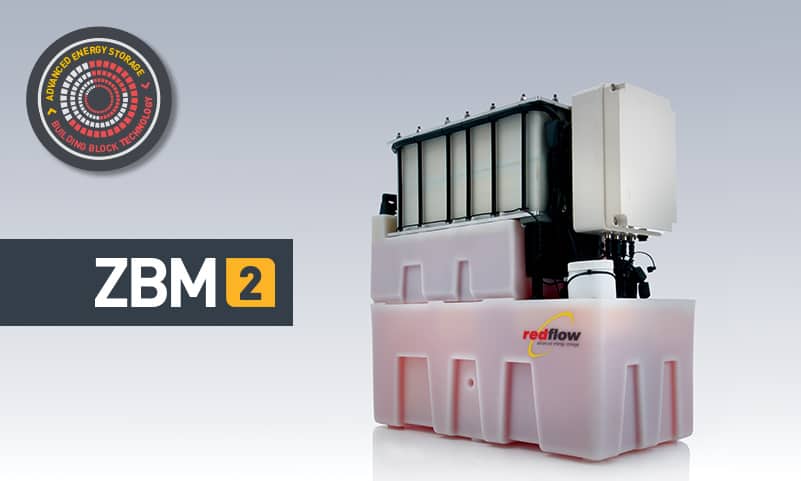Redflow CEO Simon Hackett has installed a 280kWh Redflow-based rural microgrid in Tasmania. The sheep farm will benefit greatly from the ZMB2 flow batteries – let’s take a look at the install and how it’s going to work.
Simon Hackett – installing a microgrid in Tasmania

The 280kWh Redflow-based rural microgrid is now live according to a press release on the Redflow website. Simon Hackett’s place, a sheep farm named the Vale, has seen install of 280kWh of Redflow ZBM2 zinc-bromine flow batteries. We first wrote about this Redflow microgrid in 2019 – fantastic to see the Vale’s solar installation improve and upgrade along with solar panel technology.
The Vale (http://www.thevale.com.au), a working sheep farm with the largest private runway in Tasmania, is a 73-hectare property including a number of farm buildings and multiple houses.
The solar install uses a cluster of 12 x 15KVA Victron Quattro inverter/chargers and control systems that can deliver a peak energy output of 180KVA – it’s wired throughout the property to create the microgrid. The solar energy created by the ground-mounted 100kWp solar array is stored in 28 Redflow 10kWh ZBM2 zinc-bromine flow batteries, for a total storage capacity of 280 kWh.
Hackett went on to discuss some of the specifics of his microgrid in Tasmania:
“The battery array makes extensive use of the Redflow Standby Power System (SPS) mode, allowing batteries to be fully charged during good solar weather days, and to then be ‘hibernated’ with zero self-discharge. During extended overcast periods, the SPS batteries are automatically activated to support site loads instead of using the grid. This unique strength of Redflow’s ZBM2 batteries allows the site to maximise both energy storage quantity and also energy storage efficiency.”
Hackett, who also works as Redflow’s Systems Integration Architect, said the system will completely eliminate grid electricity costs for the property. “The system also gives us energy resilience by automatically switching to off-grid mode during any grid power failures,” he said.





